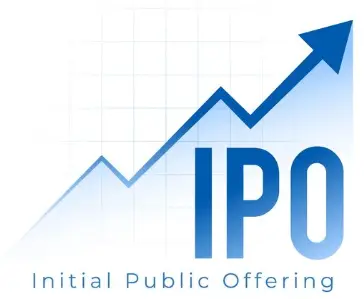Niva Bupa Health Insurance IPO: A Comprehensive Overview
The Niva Bupa Health Insurance Company has recently launched its Initial Public Offering (IPO), which opened on November 7, 2024, and is set to close on November 11, 2024. The company aims to raise an impressive ₹2,200 crore through this offering, with a price band set between ₹70 and ₹74 per equity share. This IPO marks a significant milestone for Niva Bupa, which has established itself as a leading player in the health insurance sector in India.
Key Details of the IPO
The Niva Bupa IPO consists of a fresh issuance of equity shares worth ₹800 crore, alongside an offer for sale (OFS) of up to ₹1,400 crore by the company’s promoters. The allotment of shares is expected to be finalized on November 12, 2024, with shares credited to investors’ Demat accounts on November 13, 2024. The anticipated listing date on the National Stock Exchange (NSE) and Bombay Stock Exchange (BSE) is November 14, 2024.
For individual retail investors, the minimum application size is set at 200 shares, which translates to an investment of ₹14,800 at the upper price band. Investors can apply for additional shares in multiples of 200.
Underwriters and Registrars
The IPO is being managed by a consortium of prominent financial institutions, including ICICI Securities, Morgan Stanley India Company, Kotak Mahindra Capital Company, Axis Capital, HDFC Bank, and Motilal Oswal Investment Advisors, who are acting as the book-running lead managers. Kfin Technologies is appointed as the registrar for the issue.
Financial Performance and Growth Potential
Niva Bupa has demonstrated robust financial growth, with assets under management (AUM) and net premium earned increasing by 62.2% and 43.1%, respectively, in FY 2024. The company reported a remarkable profit surge from ₹12.25 crore in FY 2023 to ₹81.85 crore in FY 2024, reflecting a staggering 552.7% increase. Analysts have noted that, at the upper price band of ₹74, the IPO is asking for a market capitalization of ₹13,520 crore, with a price-to-book (PB) ratio of 4.77x, which is slightly above the industry average of around 4x.
Stakeholder Composition
As of now, Niva Bupa is primarily owned by two entities: Bupa Singapore Holdings Pte, which holds a 62.19% stake, and Fettle Tone LLP, which owns 26.8%. This ownership structure highlights the backing of a well-established international player in the health insurance sector, providing Niva Bupa with a competitive edge.
Subscription Status
As of November 9, 2024, the Niva Bupa IPO had been subscribed 1.17 times overall. Qualified Institutional Buyers (QIBs) led the subscription with a rate of 1.5 times, while retail investors followed closely with a subscription rate of 1.34 times. However, non-institutional investors showed less enthusiasm, with a subscription rate of only 0.4 times.
Market Sentiment and Analyst Recommendations
The market sentiment surrounding the Niva Bupa IPO appears cautiously optimistic. Various brokerage firms have provided mixed recommendations. While some, such as Bajaj Capital and Mehta Equities, have given an "Apply" rating, others like Capital Market have adopted a "Neutral" stance, suggesting a wait-and-see approach. The overall consensus indicates that while there is potential for growth, investors should carefully consider their risk tolerance before participating.
Use of Proceeds
Niva Bupa plans to utilize the funds raised from the IPO to enhance its capacity, strengthen solvency levels, and for general corporate purposes. This strategic allocation of resources is expected to bolster the company’s operational capabilities and market position in the competitive health insurance landscape.
Conclusion
The Niva Bupa Health Insurance IPO represents a significant opportunity for investors looking to tap into the growing health insurance sector in India. With a strong financial performance, backing from reputable stakeholders, and a strategic growth plan, Niva Bupa is well-positioned to capitalize on the increasing demand for health insurance products. As the IPO subscription period draws to a close, potential investors are encouraged to weigh the insights from analysts and make informed decisions based on their individual investment strategies and risk profiles.

